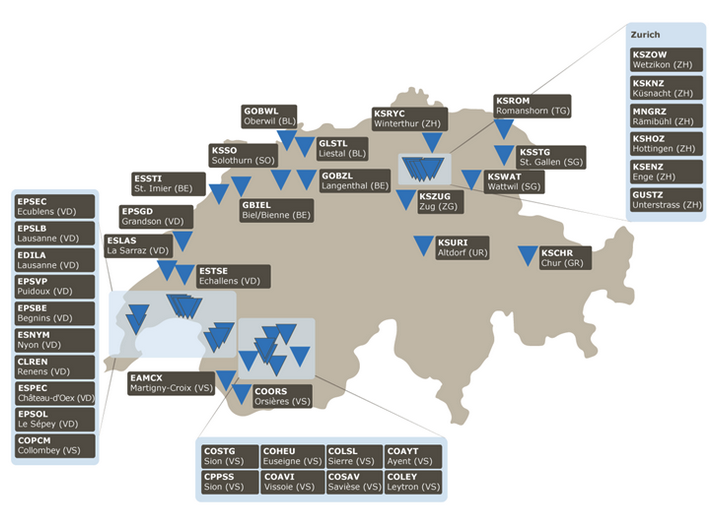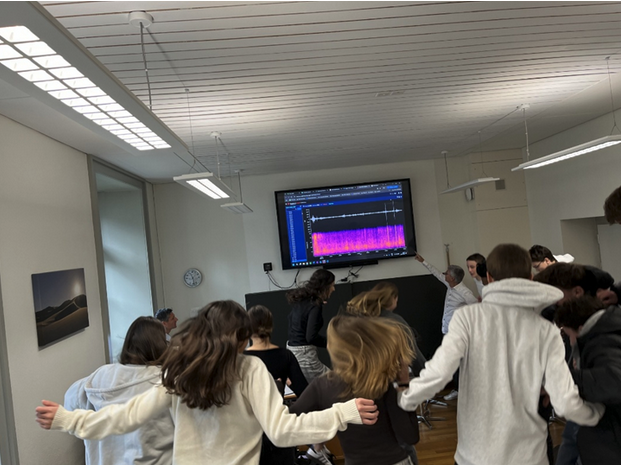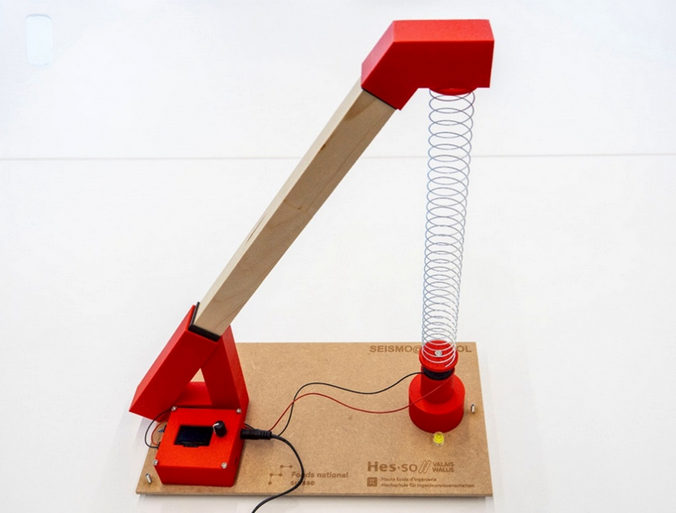Seismo@School Switzerland: Empowering the Next Generation of Earthquake Scientists
Switzerland is better known for its Alps and chocolate than for earthquakes. However, despite the moderate seismic hazard and the fact that severe earthquakes statistically occur only once every 150 years, they remain among the natural hazards posing the greatest risk to the country. Fostering awareness and preparedness, especially among young people, is therefore vital, though not without challenges. Education is key to building a resilient society, this is where the Seismo@School Switzerland project comes in.
Published on Nov 13, 2025
Maren Böse & Nadja Valenzuela – SED ETH Zurich, Switzerland
Supported by the Swiss National Science Foundation (SNSF), the project aims to raise earthquake awareness among secondary school teachers and students (ages 12–18) across Switzerland. It is led by the Swiss Seismological Service (SED) at ETH Zurich, in collaboration with the University of Lausanne, the Centre Pédagogique Prévention Séisme (CPPS) in Sion, and other partners.
Our approach is rooted in close collaboration with teachers to ensure that all materials align with classroom needs and curricula. Through interactive resources and hands-on activities, students are introduced to core concepts in seismology in a way that is both accessible and engaging. The goal is not only to bring earthquakes into the classroom, but also to spark interest in STEM subjects and highlight exciting career opportunities in Earth sciences.
Bringing Seismology to Life in the Classroom
At the heart of the project is the deployment of Raspberry Shake seismometers in schools. To date, we have installed 18 3D Raspberry Shakes across Swiss secondary schools, building on an earlier initiative that placed 25 sensors in the French-speaking part of the country. With 43 stations now operational, students have an unprecedented opportunity to record and analyse both local and global earthquakes directly from their classrooms.By integrating these school stations into the Swiss National Seismic Network, managed by the SED, the data remains high quality and the sensors are regularly maintained by professionals.

Students can explore seismic data in real time using tools on raspberryshake.org and the ShakeNet app. These platforms allow for engaging classroom activities, such as analysing recordings of recent earthquakes, or even observing their own produced shakings, like jumping off chairs, as demonstrated at the Cantonal School St. Gallen Burggraben.

To further boost students’ scientific skills, the teaching materials also include a suite of Jupyter Notebooks designed to introduce basic scientific programming and data analysis in a friendly and intuitive way.
New Multilingual Educational Materials
Based on feedback from a 2023 teacher survey, we are developing new educational materials for schools consisting of five modules available in German, French, Italian, and English:
- General Earthquake Knowledge: Causes, seismic waves, magnitude vs. intensity, earthquake preparedness, and early warning.
- Earthquake Hazard and Risk: Hazard vs. risk concepts, national and global earthquake risks, and rapid impact assessments.
- Misinformation and Media Literacy: Earthquake myths, conspiracy theories, and critical thinking about published information.
- Induced Seismicity: Understanding human-caused earthquakes from geothermal energy and CO₂ storage.
- Earthquake Monitoring and Raspberry Shake: Seismometer basics, using Raspberry Shake technology, and locating earthquakes with real-world data.
Each module includes experiments, hands-on activities, and visualisations to make learning engaging and memorable.
Build Your Own Seismometer
To help students and teachers understand how a seismometer works, we offer a DIY kit designed for hands-on learning. With a step-by-step video tutorial, the device can be assembled in about 30 minutes. Once built, it responds to jumps or stomps, displaying the data in real time on an Arduino screen. While not a scientific instrument, it’s a fun and effective way to explore seismic activity in the classroom.

Building a Stronger Network
Looking ahead, we aim to strengthen the teacher network across Switzerland and expand international collaborations with Seismo@School programmes worldwide, such as in Nepal. By making earthquake science tangible and accessible, we promote preparedness and inspire future scientists and engineers—important steps towards a more resilient society.
Contact: seismo_at_school@sed.ethz.ch, seismo-at-school@unil.ch